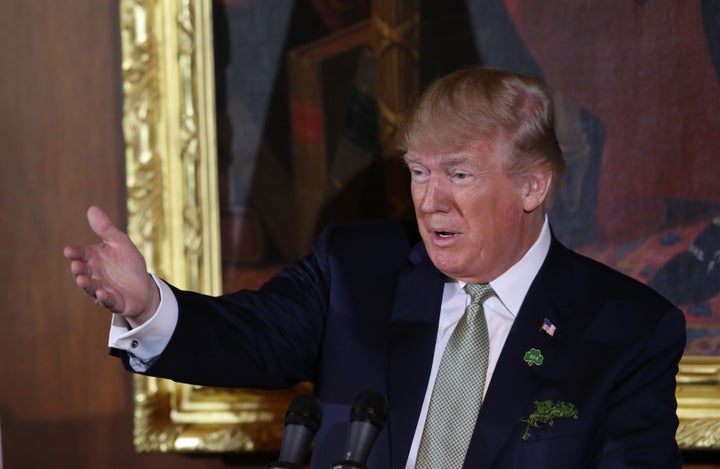
The latest concerted cruise missile strike ordered by U.S. President Donald Trump was at least the third of its kind launched against targets in Syria - and stands in a long tradition of cruise missile strikes carried out by the U.S. military. This time around, British and French armed forces fired some of their own missiles in support.
Days before the most recent volley of missiles, Trump gave the Syrian regime under President Bashar al-Assad a brief heads-up, outlining U.S. military intentions by tweeting:
He was referring to Russia as an ally of the Syrian regime which stands accused of using some form of chemical agent on April 7, intending to break the resistance of rebels holed up in Douma, a suburb of the capital Damascus.
In the early hours of Saturday (local time), Trump fulfilled his promise and more than a hundred cruise missiles were unleashed from ships and aircraft against Syrian chemical weapons production facilities, in retaliation for the alleged use of the chemicals by regime forces.
As the below infographic shows, chemicals were used as weapons in many more instances than discussed in Western media: While Human Rights Watch has claimed that there have been 85 chemical attacks across the country since 2013, the Independent International Commission of Inquiry on the Syrian Arab Republic has confirmed 34 incidents.
The effectiveness of limited punitive missile strikes as a means of deterrence is questionable:
Only a year ago, in April 2017, the United States Navy fired close to 60 "Tomahawk" cruise missiles from two destroyers in the eastern Mediterranean to hit a Syrian military airfield in Homs province. Trump had ordered that assault in retaliation for a suspected chemical weapons attack on rebel-held areas in Khan Sheikhoun, in Idlib province. It now looks like, this didn’t stop Syrian government forces from using chemical agents again.
Neither can cruise missiles replace fighting that needs to be done by troops on the ground:
In September 2014, according to U.S. Central Command, Islamic State positions in Syria were targeted with up to 50 cruise missiles, launched from the Red Sea and the Persian Gulf at the onset of the aerial bombardment of the Islamist militants.
Indeed, the militants have been deprived of their Syrian territory - but only after local Kurdish and Arab ground forces wrested it from them in fierce ground fighting from June to October 2017, culminating in the fall of Raqqa, the capital of the self-styled caliphate.
The below infographic shows, that modern cruise missiles nevertheless have been employed by the United States military regularly, ever since their first mass deployment during the Gulf War of 1991.
Targeted by some 210 missiles, Syria is now closing in on the second most missile bombed territory, former Yugoslavia (220 strikes), but still lies way behind Iraq, which has had to put up with some 1,600 missiles in total.
In his 1997 thesis, Timothy Sparks calls cruise missile strikes a "means of delivering a military punch to achieve political gain" and "an instrument in the execution of U.S. foreign policy". In this sense, the missile has replaced the gunboat. Hence, the term "gunboat diplomacy" has been modified to read "cruise missile diplomacy".
Cruise missiles have often been favored by U.S. civilian and military leadership, as they allow for a “show of force” or a punctual punitive raid, without placing American service personnel in danger of death. The missiles are fired from a safe distance to the target and can travel up to 1,500 miles, depending on make and explosives payload.
Shortly after the most recent strike in Syria Trump tweeted:
While the missiles might have hit the intended physical targets, in the most recent Syrian case too, it seems unlikely that such limited military interventions will either turn the tide in the Syrian civil war, neither help to end it, nor deter the regime of Bashar al-Assad from using chemicals as weapons again.
In any case, thanks to Trump’s tweeting habits, Assad’s forces were given plenty of time to move any essential equipment or remaining chemical weapons stockpiles to other locations.
